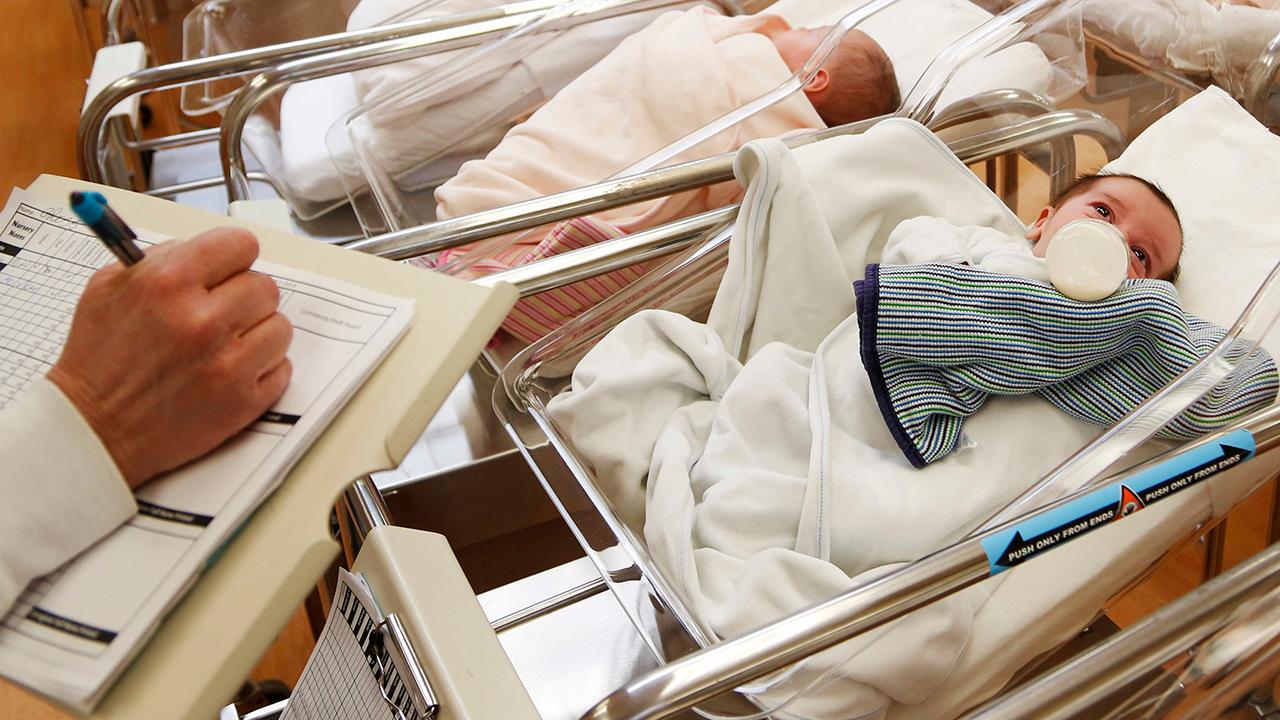Social Security, Medicare threatened as birth rate hits 32-year low
The U.S. birth rate hit a 32-year low in 2018, which could spell trouble for popular social programs for older Americans like Social Security and Medicare.
According to data from the National Center for Health Statistics at the U.S. Centers for Disease Control and Prevention, about 3.79 million babies were born in the U.S. last year – down 2 percent from the year prior. At the same time, the fertility rate dropped to a record low – remaining below the replacement level needed to maintain the population at current levels.
These new figures, released on Wednesday, mark the continuation of downward trends that have been occurring for a number of years. It will also exacerbate the fact that the U.S. is already considered an "aging society," where there are more older people than young ones. According to predictions from the U.S. Census Bureau, one in every five U.S. citizens will be aged 65 or older by 2030. At the same time, population growth was expected to meaningfully slow between 2017 and 2060.
As a result, social programs that rely on workers paying into them through income taxes, to support aging Americans, could experience an even bigger financial strain.
“All past projections of the proportion of the U.S. population that will be elderly, and eligible for Medicare and Social Security, have assumed that the previous higher birth rates remained constant,” John Rowe, Julius B. Richmond Professor of health policy and aging health policy and management, told FOX Business. “As rates have fallen, and fewer young people ultimately enter the labor force and pay into the Social Security and Medicare Trust funds, the solvency of these funds is threatened.”
Earlier this year, the Social Security and Medicare trustees report said Social Security’s reserves are expected to be depleted in 2035, at which time only 80 percent of benefits will be payable. Medicare’s hospital insurance trust fund is expected to run out of money in seven years.
The Social Security Administration has already said both programs would experience cost growth in excess of GDP growth as baby boomers retire – about 10,000 people turn 65 every day – and the “lower-birth-rate generation” enters employment.
CLICK HERE TO GET THE FOX BUSINESS APP
But if the downward trends in birth rate and fertility continue, solvency problems could be even worse than what the experts have forecast.
Rowe added that solvency will remain a challenge unless the programs’ eligibility rules are changed, benefits are reduced or immigration rates increase to replenish the workforce.




















